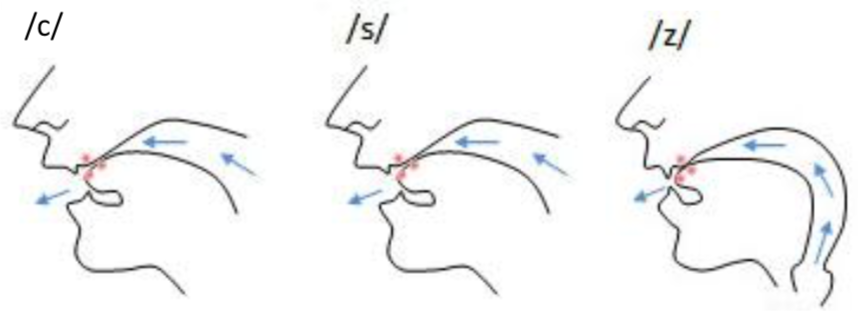As indicated by Shi (2002), native Cantonese speakers tend to be confused of Mandarin sounds that are similar to some of the Cantonese sounds, and then they choose to use sounds from Cantonese instead of the Mandarin ones. Fu and Lin (1999) list several common mistakes that Hong Kong speakers may encounter when speaking Mandarin, which are also proved by Li (2009):
1) Confusion of Tone 4 of Mandarin
Most of the Hong Kong speakers are confused about Mandarin tones because of the differences in tone systems between Cantonese and Mandarin. There are four tones in Mandarin and nine in Cantonese. Hong Kong speakers find it the most challenging for them to pronounce Tone 4 in Mandarin, of which tone value is 51. There is no falling tone like Tone 4 [51] of Mandarin in Cantonese, Hong Kong speakers tend to use Tone 3 [33] and Tone 6 [22] as substitutions.
2) Confusion of Tone 3 of Mandarin
In Cantonese, there is no tone that has the numerical value of Tone 3 [214] of Mandarin, only Tone 2 [35] and Tone 5 [13] that sounds a little similar. Therefore, Hong Kong speakers tend to use 2 [35] and Tone 5 [13] of Cantonese to pronounce Tone 3 of Mandarin.
3) Confusion of zh, ch, sh and z, c, s
There are no consonants in Cantonese that correspond to zh, ch, and sh in Mandarin, and Hong Kong speakers tend to consciously curl their tongue instead of bending the tongue tip.
4) Confusion of j, q, x
Some of the Hong Kong speakers mix j, q, x with zh, ch, sh or z, c, s in spoken Mandarin. There are no alveolo-palatal consonants like j, q, x in Cantonese, but z, c, s that sound like them.
5) Confusion of nasal vowels and back nasal vowels
Actually, Cantonese distinguish nasal vowels and back nasal vowels like Mandarin does. However, the younger generations in Hong Kong tend to omit certain sounds when speaking Cantonese, so it is relatively hard for them to differentiate nasal vowels and back nasal vowels.
6) Omission of medial i and u
As mentioned, the younger generations in Hong Kong tend to omit certain sounds in speaking Cantonese, they bring this tendency in speaking Mandarin. For example, the i in ‘點’ and the u in ‘郭’ are omitted.
7) Confusion of h and k
In Mandarin, h is a velar fricative, while in Cantonese, h is a glottal fricative. Hong Kong speakers sometimes get confused and pronounce h as the velar plosive k, for example, ‘花’ is pronounced as ‘夸’.
Other than repetitive practices, Fu and Lin (1999) also come up with solutions to these pronunciation difficulties:
1) Tone
Learners and associate Mandarin tones with hand gestures (up or down) to help them memorize the trend and pitch of target tones.
2) zh, ch, sh
Raise learners’ awareness of the differences in place of articulation between zh, ch, sh and z, c, s as shown in Figure 1 and Figure 2.

Figure 1. Place of articulation of ch, sh, zh

Figure 2. Place of articulation of c, s, z
3) j, q, x
Similar to the previous one, learners of mandarin should be aware of the place of articulation of j, q, x shown in Figure 3.

Figure 3. Place of articulation of j, q, x
4) Nasal vowels and back nasal vowels
Learners can differentiate nasal vowels and back nasal vowels through practicing minimal pairs, as demonstrated below:

Figure 4. Minimal pair practice of nasal and back nasal vowels
5) medial i and u
The awareness of medial i and u can also be raised through practicing minimal pairs as below:

Figure 5. Minimal pair practice of vowels with/without medials
References
李斐. (2009). 《香港大學生普通話口語會話語音偏誤分析》,首都師範大學學報(社會科學版). 80-86
施仲謀. (2002). 《廣州音背景音對應手冊》
傅華 & 林金燕. (1999). 《香港人學說普通話-語音難點》.
Hits: 37729